Gdansk, a city etched with the rich tapestry of Baltic history, exudes a magnetic charm that effortlessly captivates the wandering soul. As I set foot upon the cobbled streets, the whisper of the sea beckoned, drawing me towards the city's bustling waterfront. Here, amidst the ebb and flow of the waves and the dance of the seagulls, I embarked on a sentimental stroll that etched memories on my heart and breathed life into the forgotten chapters of this maritime haven.
The waterfront of Gdansk is not merely a picturesque stretch of land meeting sea; it is a living canvas that paints stories of resilience, transformation, and the enduring spirit of a city shaped by the tides of time. As I wandered along the quay, the gentle melody of lapping waves accompanied my every step, infusing the air with a serenity that only the embrace of the sea can offer.
I found solace in the rhythmic dance of the boats, each one a vessel of dreams sailing towards the horizon, leaving behind ripples that whispered tales of trade, adventure, and the maritime legacy that defines Gdansk. The vibrant hues of the fishing boats bobbing in the harbor painted a picture of a community deeply rooted in the bounty of the sea, their sails swaying in unison with the pulse of the city.
The aroma of freshly caught seafood wafted from the nearby restaurants, enticing me to pause and savor the flavors that echoed the essence of this coastal paradise. I surrendered to the temptation, allowing the local delicacies to tantalize my taste buds, each bite a symphony of flavors that celebrated the essence of Gdansk's maritime culture.
With every passing step, the historic architecture whispered secrets of a bygone era, where the warehouses and shipyards bore witness to the city's industrious past. The majestic cranes, once the lifeline of Gdansk's shipbuilding industry, now stood as silent sentinels, their steel frames reaching towards the sky, embodying the resilience that defines this waterfront's soul.
But it was the people, the soulful inhabitants of Gdansk, who added the final brushstrokes to this vibrant tableau. Their laughter and conversations, carried by the sea breeze, infused the waterfront with a warmth that transcended the chill in the air, reminding me that amidst the historical grandeur, it is the spirit of the living that truly animates the heart of this city.
As the sun began its slow descent, casting a golden glow upon the rippling waters, I realized that my journey along the Gdansk waterfront was more than just a walk; it was a pilgrimage that rekindled my love for the sea, for history, and for the indomitable human spirit that finds its home amidst the gentle embrace of the waves.
Exploring the Gdansk waterfront is a delightful way to immerse yourself in the maritime history and vibrant culture of this enchanting Polish city. Here are some of the main places you should consider visiting around the Gdansk waterfront:
Long Market (Długi Targ): Located near the waterfront, this bustling marketplace is surrounded by historical buildings and offers a lively atmosphere with various shops, cafes, and restaurants.
St. Mary's Church: This towering Gothic church, located near the waterfront, is one of the largest brick churches in the world and is known for its stunning architecture and historical significance.
The Crane (Żuraw): A medieval port crane that stands as a symbol of the city's maritime history. It houses a maritime museum that provides insights into Gdansk's trading past.
Amber Museum: Situated in the heart of the waterfront area, this museum showcases the history and significance of amber in the region, featuring an array of stunning exhibits and artifacts.
European Solidarity Centre: A modern museum dedicated to the history of the Solidarity movement, which played a significant role in Poland's fight for freedom and democracy. It's a short walk from the waterfront and provides a profound insight into the country's recent history.
Museum of the Second World War: A comprehensive museum that offers a deep understanding of the impact of World War II, particularly on Gdansk and the surrounding region.
Artus Court: A historic building in the heart of the city's center, known for its beautiful architecture and its historical significance as a meeting place for merchants and dignitaries.
Motlawa River Embankment: A charming riverside promenade lined with colorful buildings, restaurants, and cafes, offering picturesque views of the waterfront and the bustling activity of the river.
National Maritime Museum: This museum, located near the waterfront, provides a comprehensive look into Poland's maritime history and features an impressive collection of nautical artifacts, ships, and exhibitions.
Great Mill (Wielki Młyn): A historic building on the waterfront that houses a variety of shops, cafes, and restaurants. It's a great place to explore and enjoy the scenic views of the Motlawa River.
Related Blogposts -


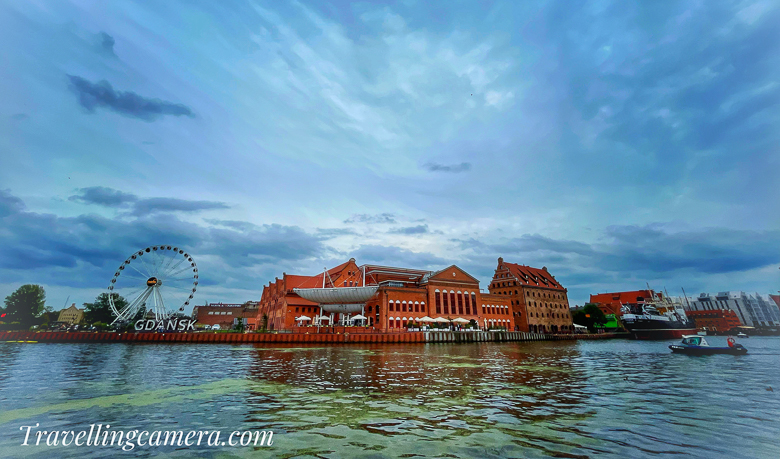
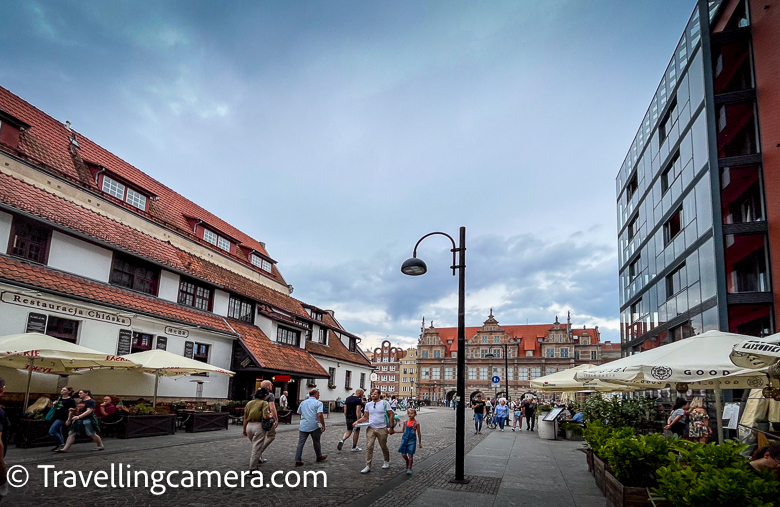


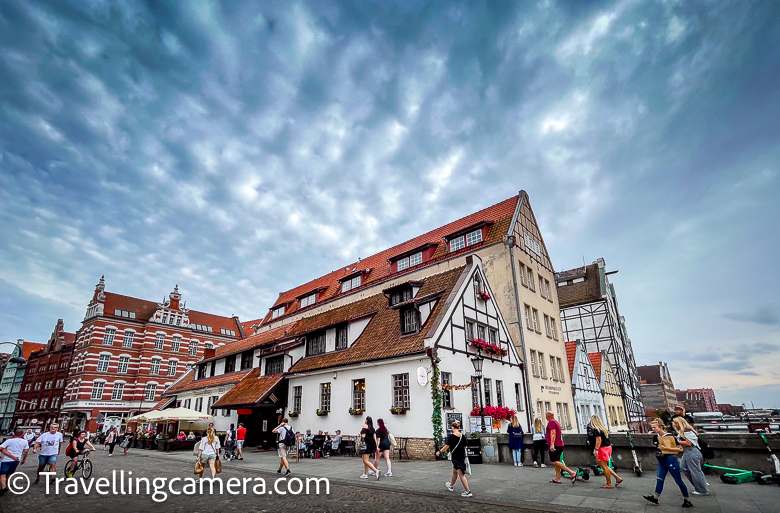

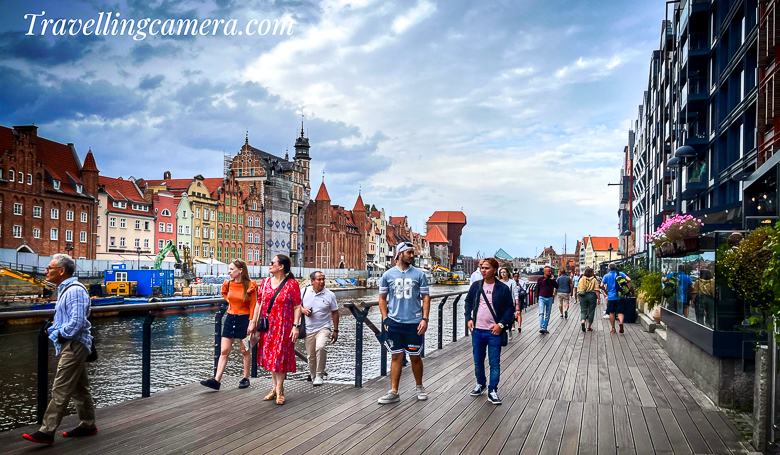

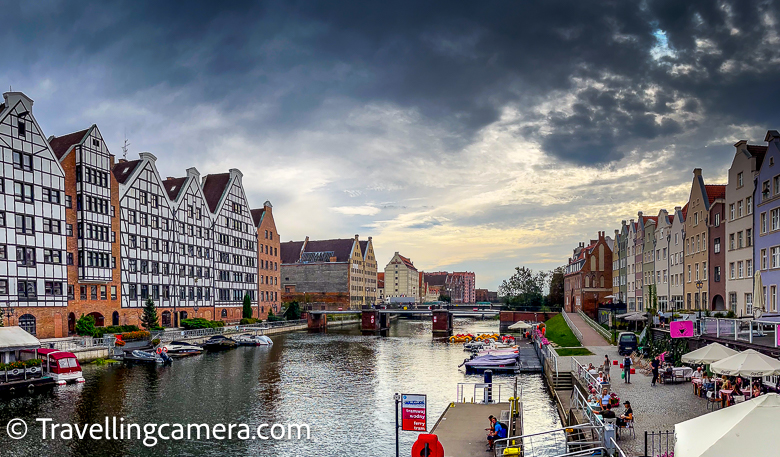
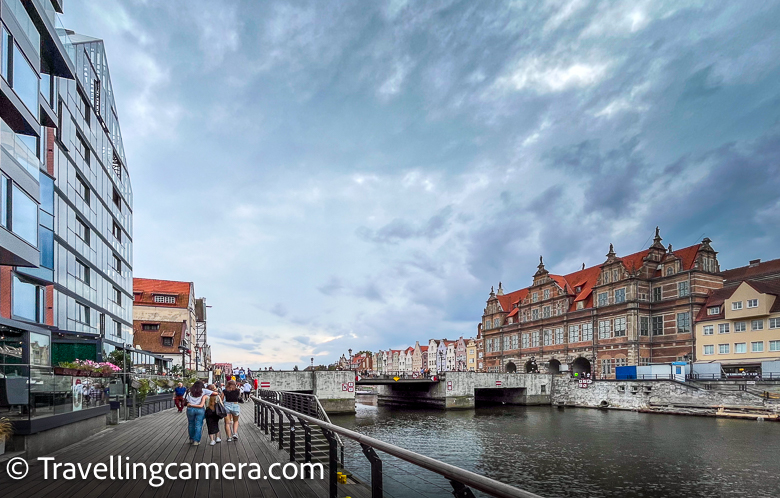
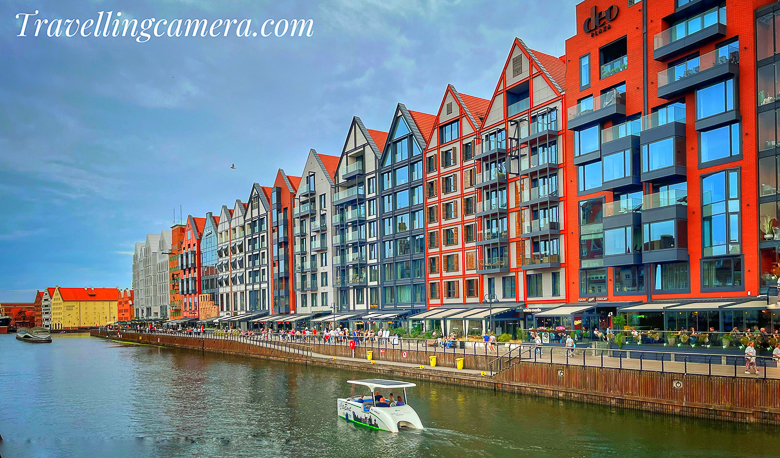


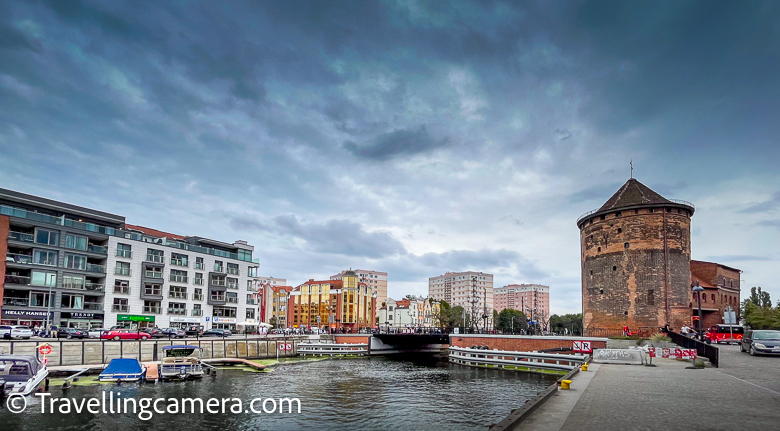
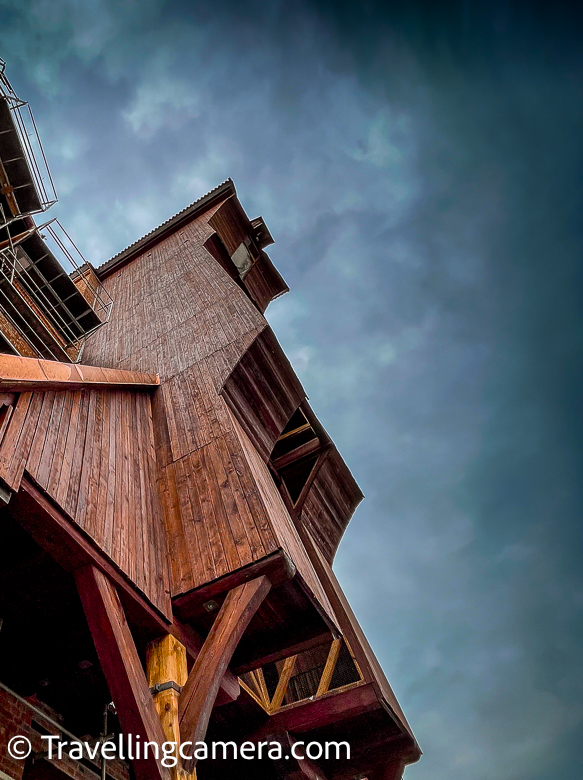
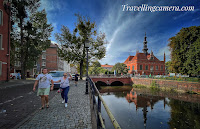


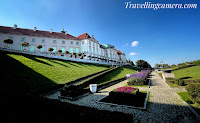
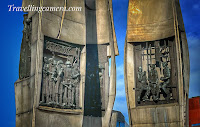







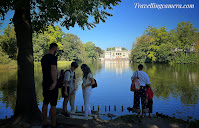



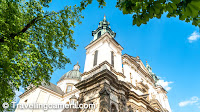



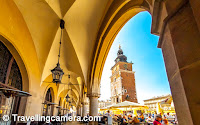

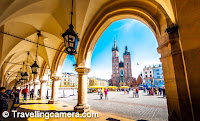




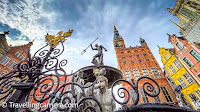



.jpg)
Comments